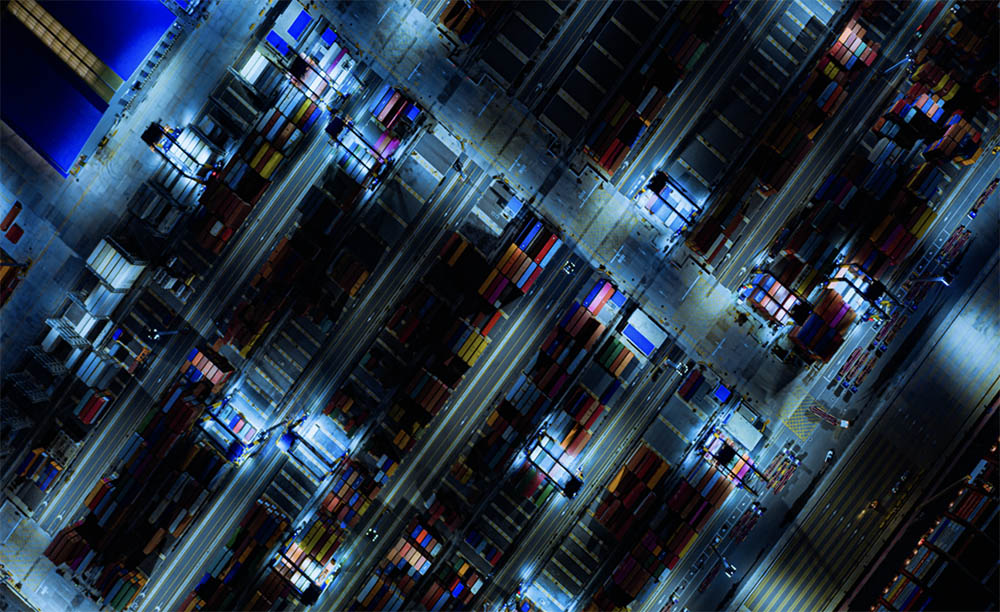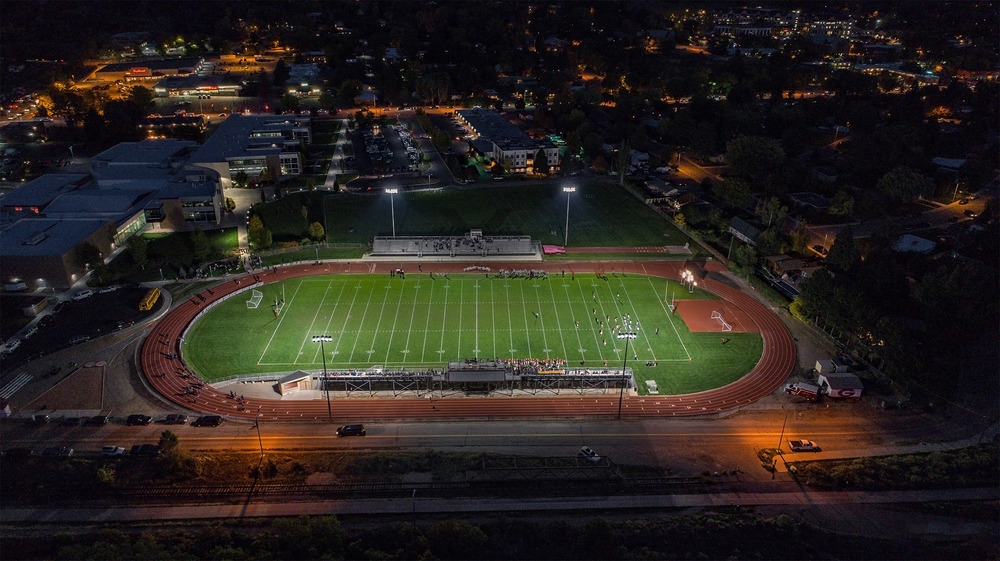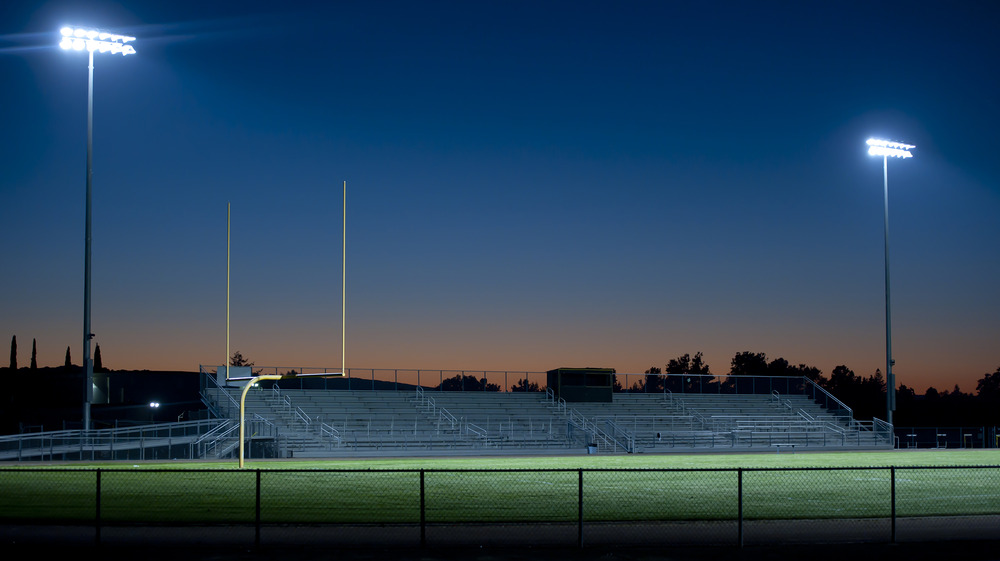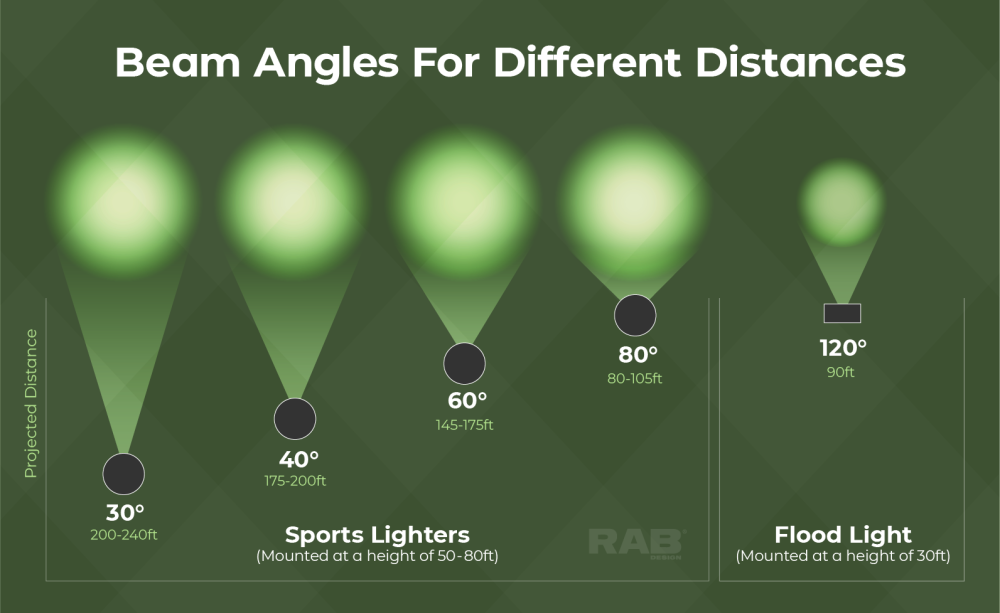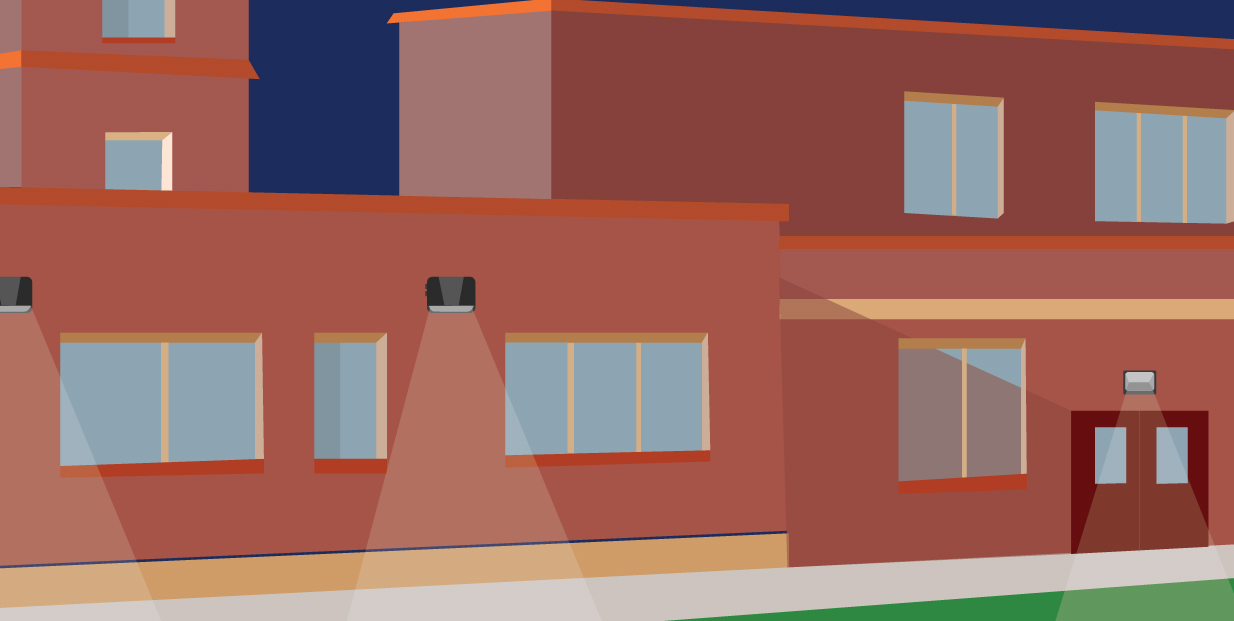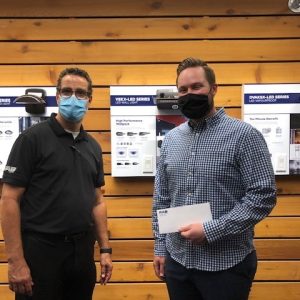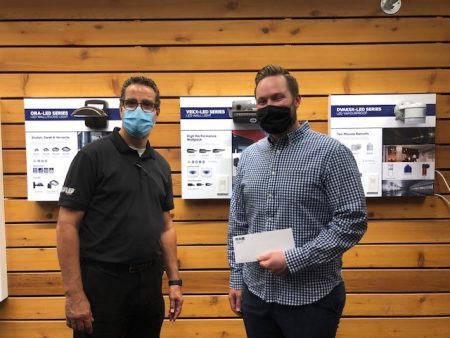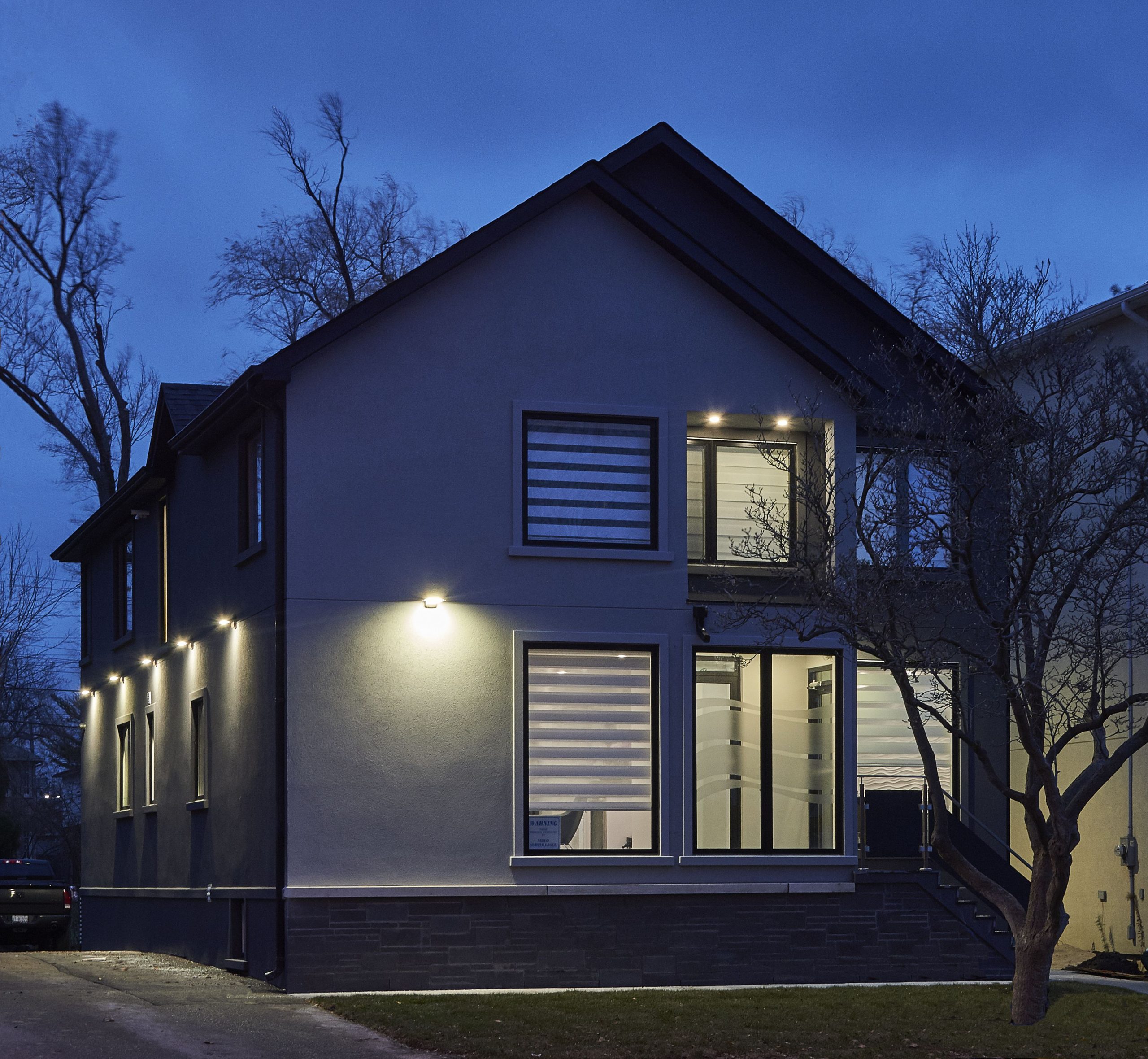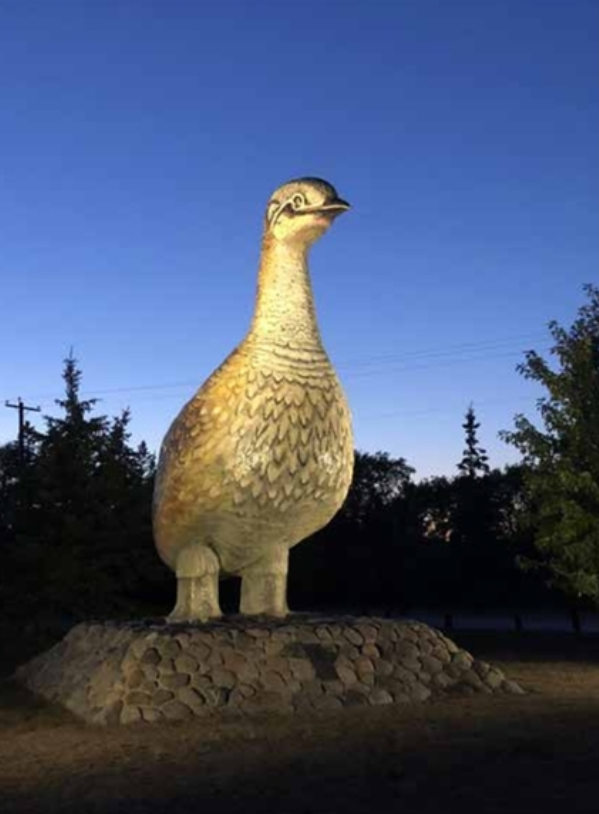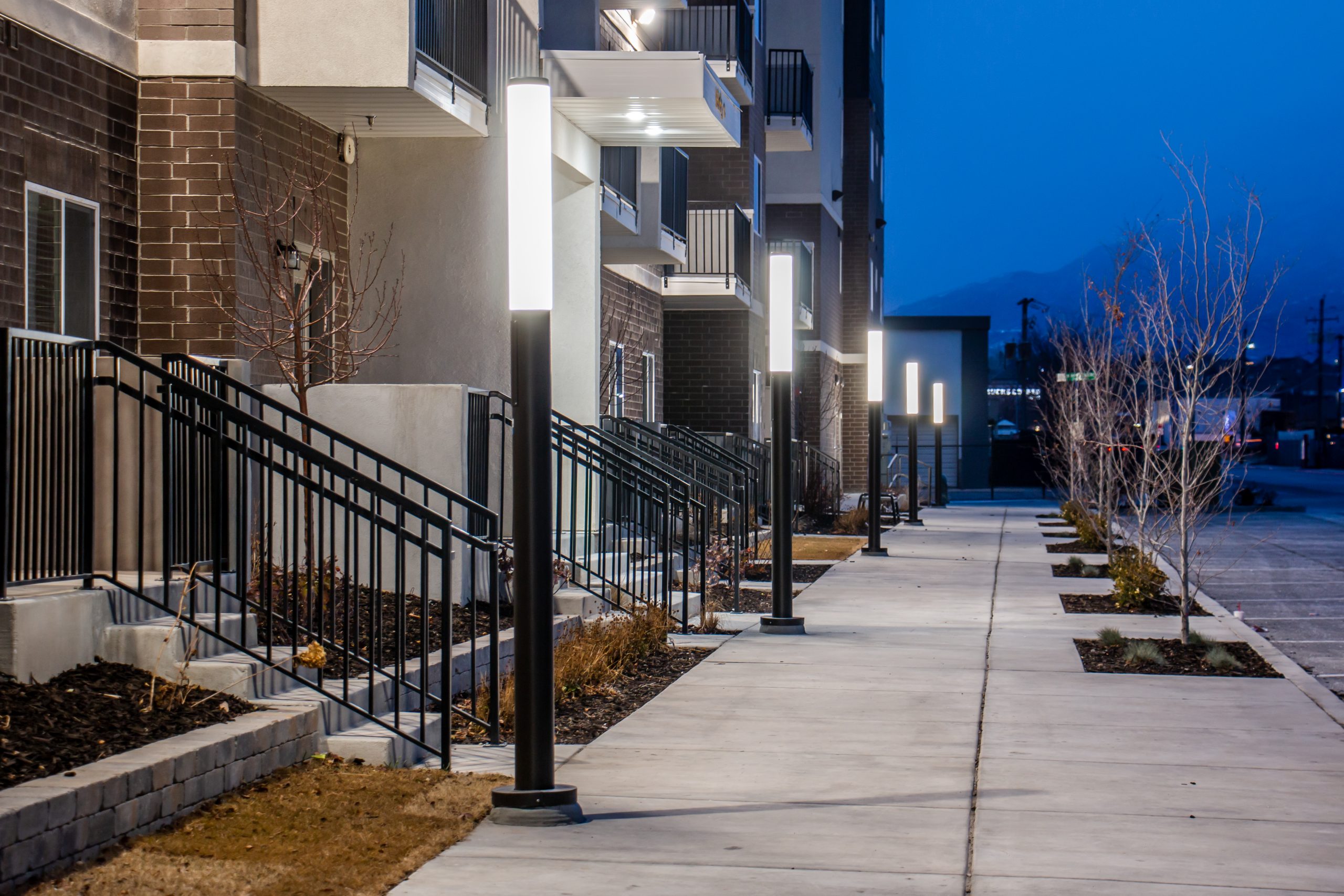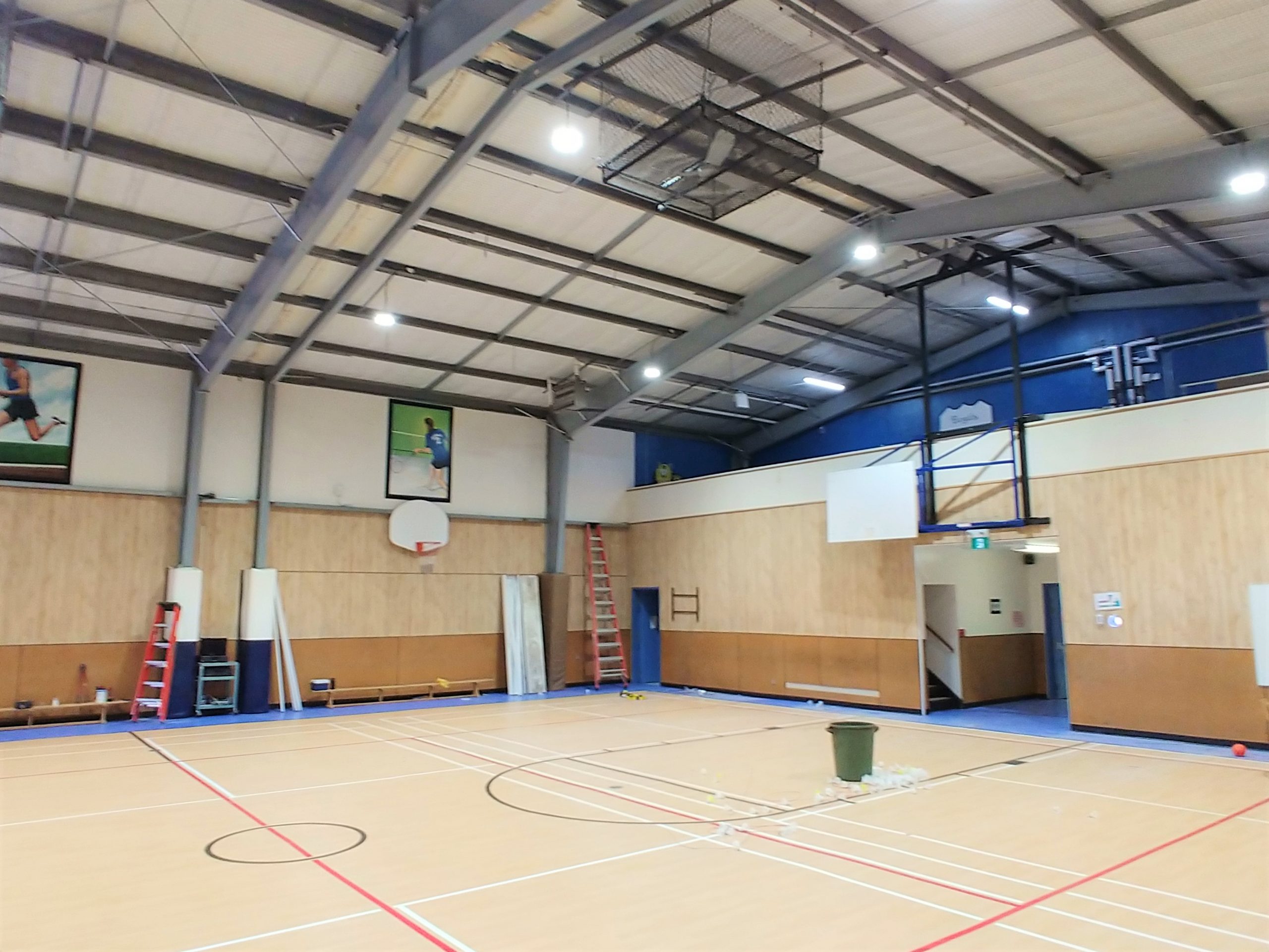Our third blog in the sports light series will outline the various applications in which these fixtures can be used. Although the name suggests that the lights are used for sports applications, there are actually a variety of uses for the lights. So, with that said, here are some instances where sports lighters could be the go-to.
Sports Applications
What: Starting out with the obvious is the various sports applications that use sports flood lights. Splitting this into two subcategories we have large and small sports applications. Examples of large applications can be soccer fields, football fields, and baseball diamonds. Examples of small applications are basketball courts, tennis courts, and hockey rinks. Although all the examples of large and small applications both have similar needs with regards to the lighting, there are some features which are appreciated more between the two categories.
Why Sports Lighters: Since sports lighters are typically designed with sports applications in mind, it is no surprise that a lot of the features are important for this application. That being said, this blog will highlight a feature that showcases the importance of the fixture for both large and small sports applications.
Looking at large sports applications, a sports flood light that is mounted at heights well over 100ft performing well is very important, as visibility on a field is a must have for both players and audiences alike. This is something that a sports lighter takes care of easily.
For smaller applications, the mounting height will be lower and so this might not be as important. However, with the light fixtures closer to the area of play, having the light angled correctly is very important to ensure the players are not blinded while using the facility. With a variety of angle and beam configurations, once again sports lighters are well equipped.
Outdoor Industrial Applications
What: Outdoor industrial applications can mean a large range of things. This includes construction sites, loading docks, and ship/trainyards to name a few. Overall, the similarities between these applications are that they are outdoors and require a robust and effective light fixture that will work through tougher conditions.
Why Sports Lighters: So why would a sports lighter be an effective fixture for these applications? For starters, many of these examples would require a light fixture to be mounted at a large height and project light to a certain spot. Looking at a construction site as an example, a fixture may be mounted on a crane which would of course be high up as well as needing to illuminate an area bright enough for workers to see what they are doing. More than just needing to work at large distances, fixtures used in these applications need to be robust and not break easily. An LED sports light, such as the RAB SFL-LED, is designed so that even when mounted up high, things such as strong winds will not affect the fixture. For these reasons, sports lighters can actually be the perfect fixture for an outdoor industrial application.
Large Indoor Spaces
What: Like outdoor industrial applications, the application of a large indoor space can seem like a quite broad category. This application includes spaces such as airplane hangars or manufacturing plants. Essentially as the name states, just any large indoor space requiring high quality light.
Why Sports Lighters: As with the previous categories, one of the main factors that points to a sports light being the ideal fixture is the height at which the light needs to be mounted. Taking an airplane hangar as an example, the space needed to store a plane will by nature be quite large which in turn means that lights will have to be mounted at quite a large height. Beyond that however, another important feature of the sports lighter that makes it effective here is that there isn’t much maintenance needed. This means you are able to just put the fixture up and then not worry about it which is great as continually going up to a large height for maintenance can end up being a big pain, not to mention the potential risks to workers as well.
As you can see, many of the features a sports lighter has makes it ideal for a large variety of applications, apart from just lighting up the local football field. RAB’s SFL-LED has various mounting options available where outdoor industrial and sports applications can use either the slipfit or the yoke mount while indoor applications can use the highbay yoke mount.
If you want to learn more about this type of lighting check out the first two blogs in the series. These blogs cover the differences between a sports flood and a general flood as well as some essential tips for facility managers with regards to LED sports lighting. You can find these blogs here.
Convinced that sports lighter might be ideal for your next project? Why not check out RAB Design’s SFL-LED as a great sports flood lighting option.

